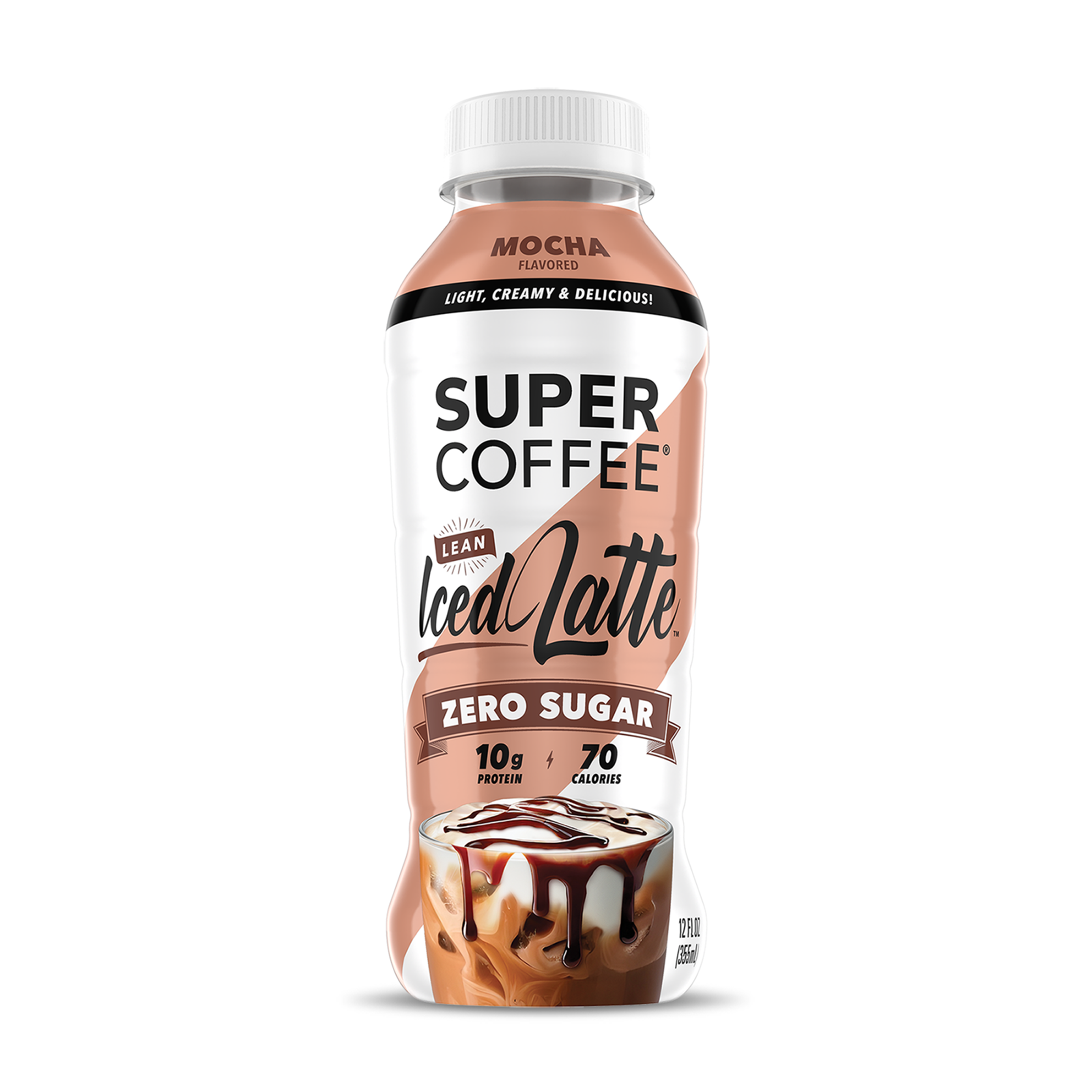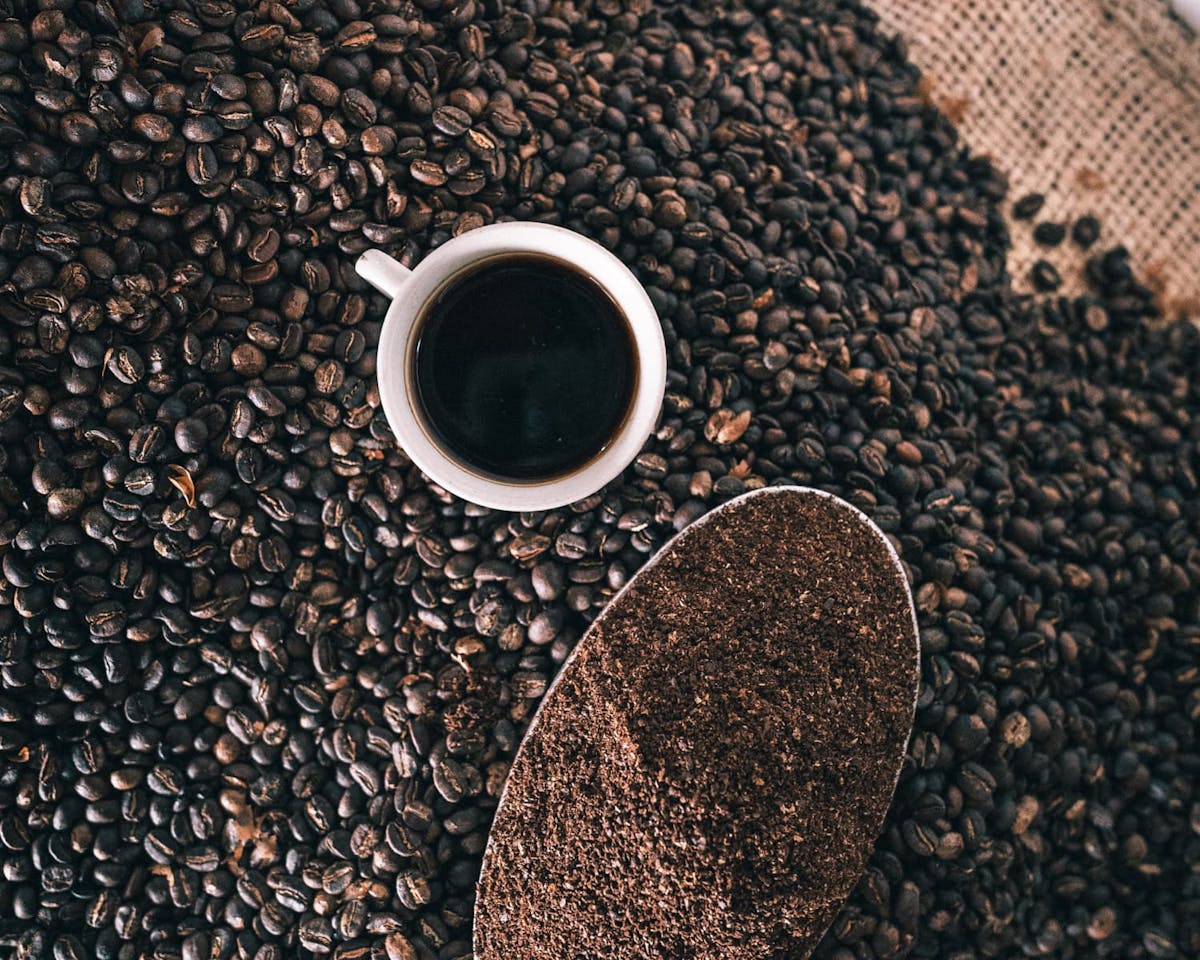Your cart is empty
When survey companies ask normal coffee lovers where the best coffee comes from, their answer is always the same: Starbucks.
When they survey coffee nerds, though, the answer is very different. In fact, the Coffee Quality Institute did just that in 2020. They asked professional coffee tasters where the world’s best coffee comes from, and the top five answers were Ethiopia, Kenya, Uganda, Colombia and El Salvador.
That puts Colombia in some pretty elite territory, and it helps explain why mild, well-balanced Colombian coffee has such a strong reputation in America.
But there are other reasons as well. Let’s explore them, and find out why Colombia produces such terrific coffee. We’ll even have a few shopping suggestions for those who’ve never had the pleasure of drinking 100% Colombian coffee.

Colombia and Coffee
Colombia has been a coffee-producing nation for centuries. Coffee plants first arrived in the country in the 18th century, and commercial production began in 1809. It was only grown for domestic consumption, however; political and economic circumstances prevented widespread export of Colombian coffee until the mid-1800s.
The acceptance of coffee as an important part of Colombian culture began in the country’s northeast, in areas like Santander, Cundinamarca and Antioquia. Over the years, coffee plantations were developed in regions like Caldas and Tolima in the western part of Colombia, and production soared.
Throughout, coffee was a critical ingredient of the nation’s cultural fabric. It remains so today, loved more as social glue than for its caffeine. Families, friends and acquaintances bond over coffee in their homes, gather in cafés for high-quality coffee, and stop in coffee shops for lower-quality “tinto,” which are small cups of inexpensive, concentrated coffee produced for domestic consumption. (Tinto, roughly translated, means “inky water” in Spanish.)
It wasn’t until the early part of the 20th century that exports of Colombia coffee took off, spearheaded by the formation of a national federation of coffee growers. Coffee beans quickly became the country’s largest export, and remained in the #1 spot until the 1990s. Oil had been discovered in Colombia, and petroleum exports rapidly outpaced coffee from that point on.
Colombia has never been the leading South American exporter of coffee, though. Brazil became the world’s largest coffee exporter in the mid-1800s, and remains in that position today. Vietnam is in second place, and Colombia is #3. Indonesia and Ethiopia round out the top five.
Now back to our original question: why does Colombian coffee have such a strong reputation in the United States? It was an American favorite throughout the 20th century, not only because of its quality and taste, but because of an extremely effective marketing campaign by Colombia’s national coffee federation. Its face was a fictional Colombian coffee grower named Juan Valdez (and his loyal mule Conchita), who touted the superiority of his country’s coffee. The ads were ubiquitous on U.S. television for years. (The fictional grower is a cultural icon in Colombia, too; Juan Valdez-branded coffee shops are the nation’s Starbucks equivalent.)
There’s one other reason why you may have heard of Colombian coffee, but not tasters’ favorites like coffee from Kenya and El Salvador. Uganda is only eighth on the list of the world’s major coffee exporters, shipping only about one-third of the amount Colombia does. Kenya is 16th on the list, and El Salvador is 19th. So there’s a lot more Colombian coffee coming into America every year, making it more likely that people have enjoyed the brew’s delicious taste.
Now for our next question: what makes Colombian coffee so good?

Why Colombian Coffee Is So High In Quality
Coffee plants can only thrive in a very specific type of climate: rainy and relatively hot. That’s why virtually all of the world’s coffee is grown in what’s called the “coffee belt,” the tropical and sub-tropical regions that lie between the Tropic of Cancer and the Tropic of Capricorn.
The best coffee, though, comes from regions within the coffee belt which can support the growing of Arabica beans. They produce more flavorful and nuanced coffee than robusto beans, and Arabica coffee makes up virtually all of Colombia’s coffee exports. Arabica beans require higher altitudes, frequent rainfall, and average temperatures between 59° and 75° year-round.
All of Colombia’s 19 separate growing regions meet those requirements. Each region differs from the next, but the plantations within a region may also differ substantially. Colombia is a country with wide variations in topography, leading to so-called “microclimates,” areas where the climate can vary greatly within just a couple of miles.
However, one area is ideal for coffee production. The highest-quality Colombian coffee generally comes from Southern Colombia, particularly the departments of Nariño, Huila and Cauca. This area is close to the equator, it’s located at high elevations (near the Andes Mountains), and it has rich volcanic soil which is perfect for growing quality Arabica beans.
A number of coffee-producing regions, including Antioquia, Quindio and Tolima, are in central Colombia. They collectively account for the second-greatest amount of exports, and rainfall patterns allow farmers to produce two crops per year. Many plantations in this area are located at high elevations in the mountains. Coffee from these regions is still very high-quality, but usually not quite as exceptional as coffee from Southern Colombia.
The final important Colombia coffee growing region is in the north. Some of the plantations are located in or near the Sierra Nevada de Santa Marta mountain range, where elevations and sun exposure allow production of high-quality Arabica beans. The northern-most areas are hotter and at lower altitudes, producing coffee that’s quite good but closer in taste and aroma to Central American coffees.
The quality of Colombian coffee is largely due to the nation’s geography, but there’s another important factor: the nature of the country’s coffee industry. 95% of all Colombian coffee farming is done by families; the vast majority of plantations aren’t run by giant companies or conglomerates. Almost all are on small plots of land, and farmed with traditional methods that have been passed down through families for decades.
Just as importantly, all coffee beans grown in the country are hand-picked. That’s not only because of tradition, but because most of the plants are grown on steep slopes that can’t be navigated by machinery. The reasons don’t really matter; what does is that hand-picking contributes to the crop’s quality.
Now for the biggest question: What does it taste like?

The Flavor and Aroma of Colombian Coffee
If you have a discerning palate, coffees from Colombia’s different regions have easily-distinguishable tastes. They all have important characteristics in common, though, and they contribute to the reputation of fine Colombian coffee.
First, Colombian coffee is made from 100% Arabica beans. It is mild and smooth, clean with good acidity, and medium-to-full bodied – all of which make it very easy to drink. Since most of Colombia’s exported coffee is grown at higher elevations with somewhat-cooler temperatures, it takes longer for coffee cherries (the fruit that contains coffee beans) to mature and open. That gives the beans extra time to develop their more flavorful and aromatic qualities.
Colombian beans are also perfectly suited to every degree of roasting. Light roasts allow regional flavor differences to shine through, medium roasts bring out the beans’ underlying rich tastes and aromas, and dark roasts produce extremely rich coffee and espresso because of the beans’ acidity.
What are those regional differences we mentioned?
- Coffee from the southern “coffee axis” is what coffee nerds and many American consumers usually think of when they talk about Colombian coffee: sweet acidity, medium body, citrus and caramel flavor notes, and a clean, intense aroma.
- Plantations in central Colombia are in areas with very different climates, but their coffee does have several things in common: a full body, more distinct but still restrained acidity, and flavor notes that may include chocolate and cherry.
- Coffee from northern Colombia is likely to be richer with less acidity and more body, and chocolate and nutty flavor notes are common.
There’s one very important warning we have to provide, before we move on. It’s easy for marketers to capitalize on the reputation that Colombian coffee has earned over the years. And many do.
If you visit a supermarket or lower-end coffee shop, you’ll often see bins of beans or cans of ground coffee labeled “100% Colombian coffee.” That’s not good enough.
As we mentioned earlier, not all coffee produced in Colombia is high-quality. Even though the beans used to make the nation’s beloved low-end “tinto” aren’t shipped out of the country, some exported coffee beans are always going to be better than others. And there are manufacturers who are more than happy to roast and sell lower-quality Colombian coffee beans, advertising them as “100% Colombian.”
They may also sell beans or ground coffee labeled “Colombian Supremo” or “Colombian Excelsa,” inferring that the names guarantee top-quality coffee. That’s not true, either. “Supremo” and “Excelsa” are simply grading terms that refer to the size of the beans. Supremo coffee beans are the largest, and excelsa beans are only slightly smaller; generally speaking, they’re likely to be of better quality than even smaller extra and pasilla beans.
But “Colombian,” “Supremo” and “Excelsa” aren’t guarantees. They’re descriptions. To get the best Colombian coffee, you should shop by coffee brands and not labels.
Here’s some help with that.
The Best Colombian Coffees Sold in America
To get the best cup of coffee from Colombian beans, you should grind them yourself. That ensures maximum freshness and flavor; ground coffee loses some of its flavor and aroma the longer it sits after the grinding process.
For that reason, we’ll be ranking the best Colombian coffee beans. If you prefer to buy ground rather than whole bean coffee, no worries. Almost all of these coffee producers also sell their beans pre-ground.
1. Irving Farm Monserrate
This is a terrific Colombian medium roast, with the beans sourced from a cooperative of small coffee farmers in the southern Colombian region of Huila. The beans are roasted several times a week, right before they’re shipped, to ensure freshness. Monserrate is a classic regional bean with balanced acidity, a hazelnut and caramel flavor profile, and notes of orange.
2. Joe’s Coffee La Familia Guarnizo
Joe’s Coffee is an American company, but this coffee is grown – as you’d probably guess – by the Guarnizo family. They own six farms in the Huila area, and their single-origin coffee is a sweet treat. It’s a light roast with medium acidity, and flavor notes include tangerine, toasted pecans and sugar.
3. Blackwelder Whole Bean Coffee
The beans for this single-origin medium-dark roast coffee come from Bucaramanga, in north-central Colombia. They’re sold by Blackwelder Coffee Roasters, an artisanal coffee company in California that hand-roasts all of its beans. Hand-picked and hand-roasted Arabica beans are a prescription for top-notch coffee, and this one qualifies. It produces a smooth, rich brew with nicely balanced acidity and body, with notes of dark chocolate and nuts. It’s sold on Amazon, too.
4. Volcanica Colombian Peaberry
Peaberries are rare. They’re found on a number of coffee varietals, but only appear on about 5% of the crop. Most coffee cherries (the fruit of the plant) contain two beans, but when a cherry has just a single bean, it’s a peaberry – and it’s even more flavorful. This coffee is grown at very high elevations in volcanic soil and Volcanica medium roasts the beans to order. Expect a fruity, somewhat-acidic coffee with floral notes along with cocoa and walnuts. Volcanica coffees are fair trade certified.
5. Peet’s Single-Origin Colombia
Here’s one you may be able to pick up nearby. Peet’s isn’t just a coffee chain, it’s one of the first specialty coffee companies in America. And their single-origin beans come from Huila in Southern Colombia. The single-origin beans are dark roasted (by hand), but this delicious coffee has a noticeable sweetness in addition to its full body and bold, fruity taste. Peet’s Colombia is a great choice for those who love espresso or French press coffee.
Try one of our own ready to drink coffees all made with Colombian coffee.
Blog posts
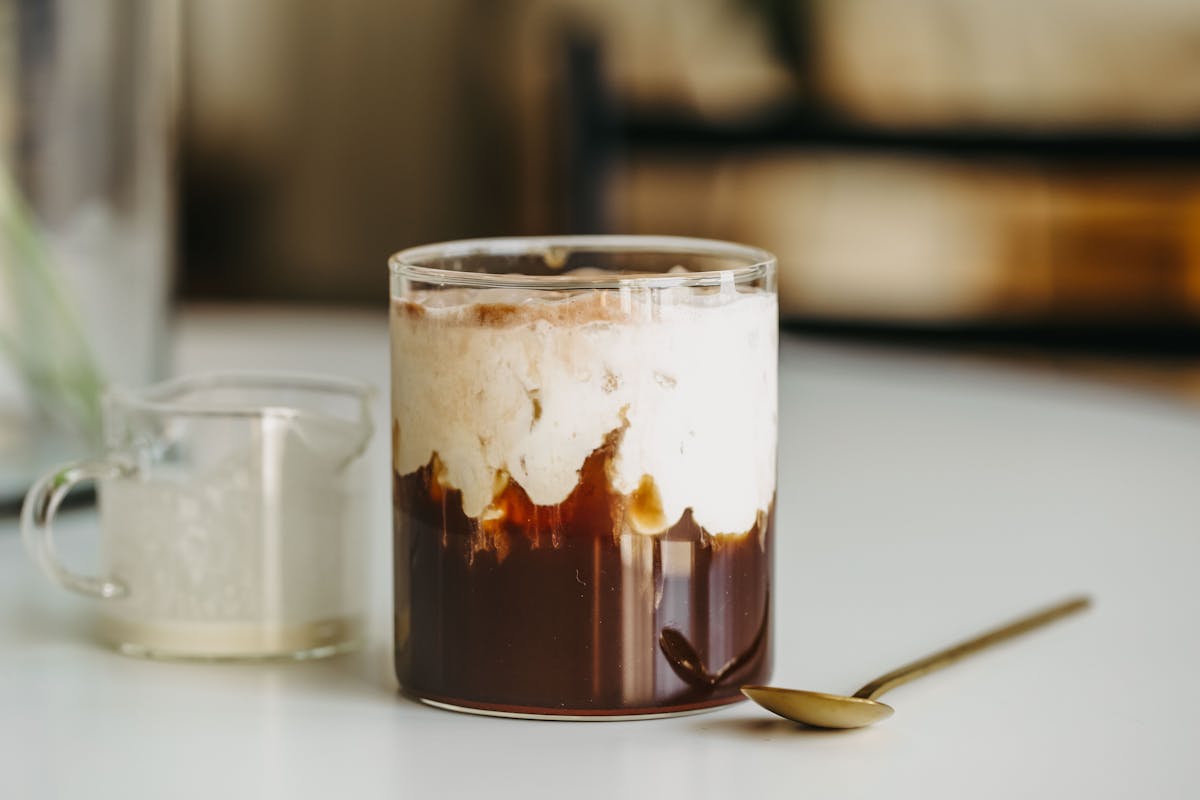
Cold, creamy and delicious - This chocolatey cold brew recipe is the perfect treat to kickstart your morning! The Recipe Chocolate Cream Cold Brew Prep Time: 1 minutes Cook Time: 5 minutes Ingre...
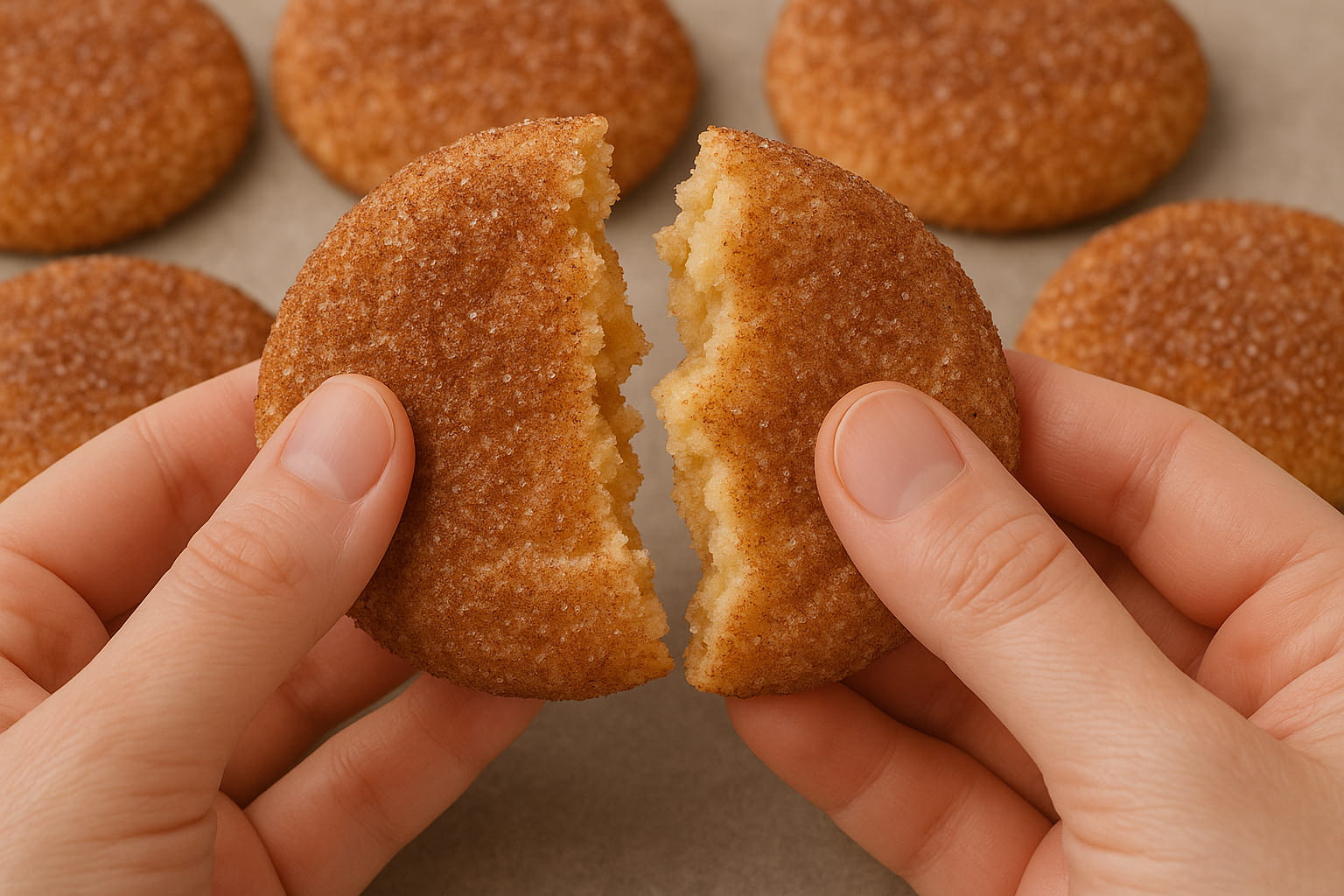
Indulge in the warm embrace of autumn with Pumpkin Spice Snickerdoodles - soft, spiced, and utterly irresistible! The Recipe Pumpkin Spice Snickerdoodles Prep Time: 10 minutes Cook Time: 1 hour ...

Low Carb Berries & Cream Waffles
These low carb/low sugar waffles are delicious, wonderfully crispy on the outside, and fluffy on the inside. You can also double batch and freeze for easy weekday breakfasts. Featuring our almost-...
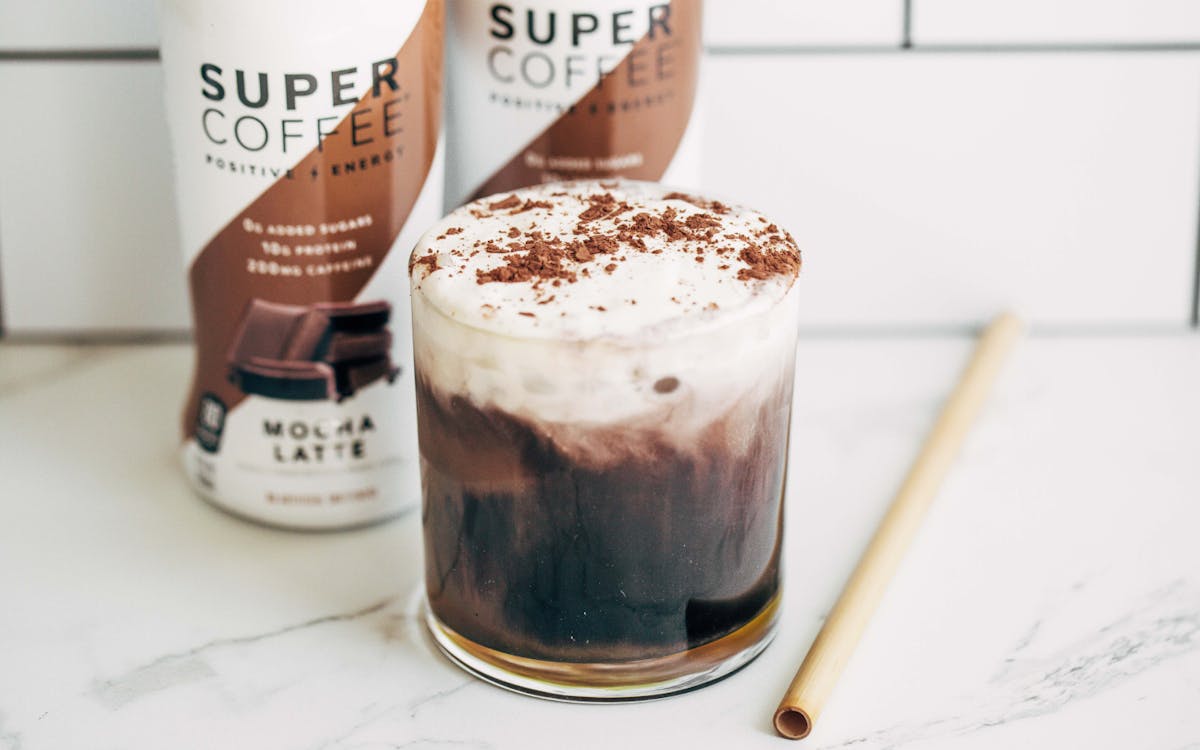
This may be the most fun latte recipe we’ve tried yet! With gooey & decadent black chocolate drizzle and a thick layer of creamy French Vanilla, just one sip of this iced latte will transport ...
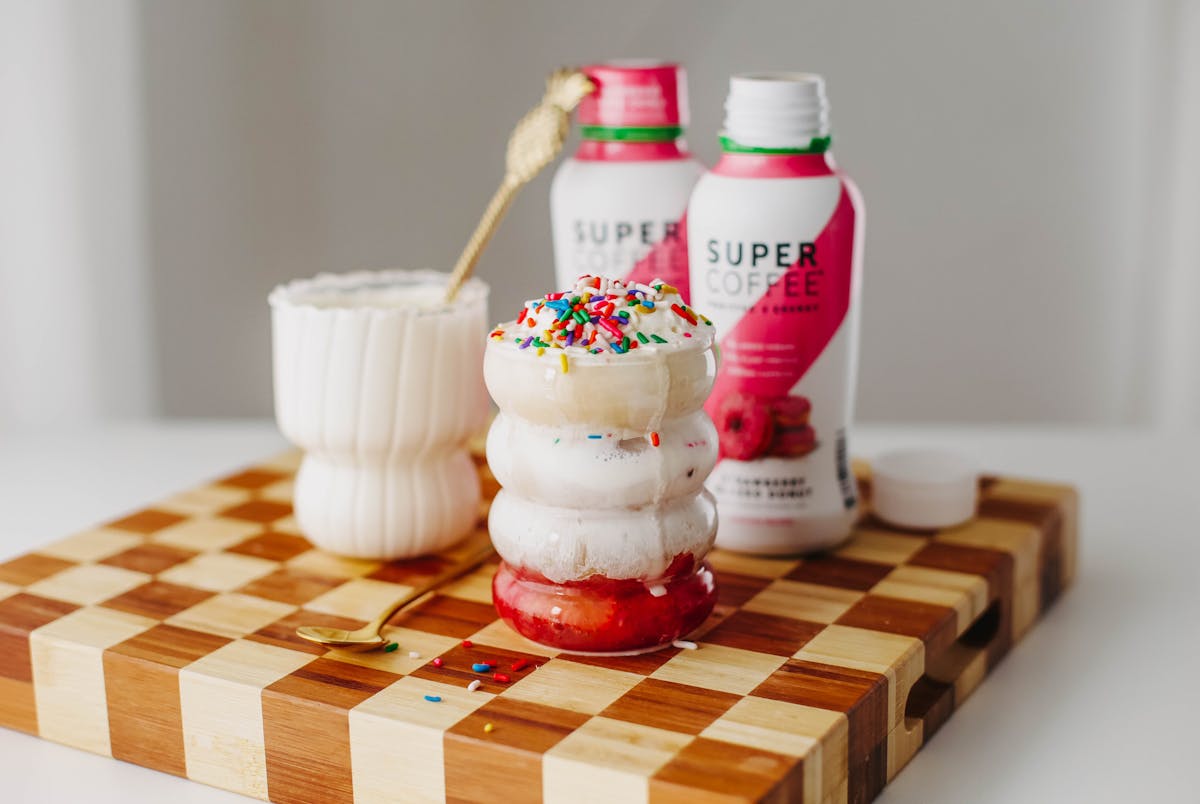
Strawberry Sprinkle Keto Coffee Recipe
Nutritional Info Calories: 274 Fat: 26.7g Carbs: 5.7g Protein: 4.5g Sugar: 2.1g Ingredients 3 strawberries, sliced. 3-4 tbsp heavy cream or half & half. Enough ice to fill a glass. 1/2 cup S...
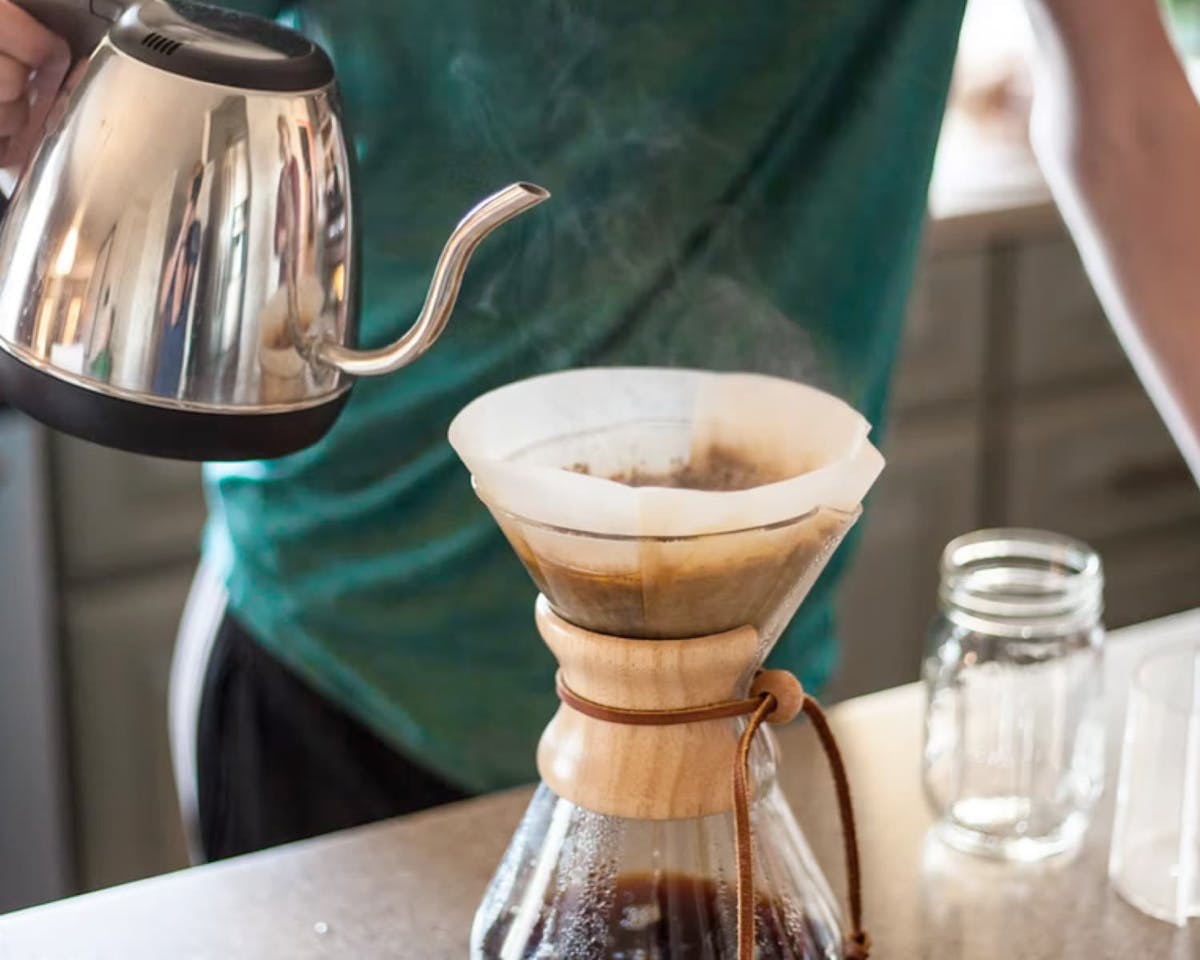
8 Healthy Coffee Recipes That Are Better Than Starbucks
There’s no question about it. Coffee is good for you. Those who don’t like black coffee, of course, commonly add milk, cream and sugar – even if that also means adding calories, fat or carbs to the...



